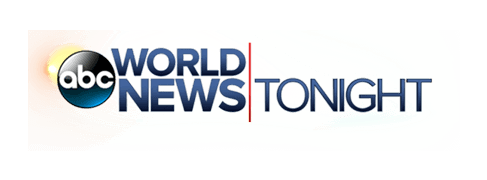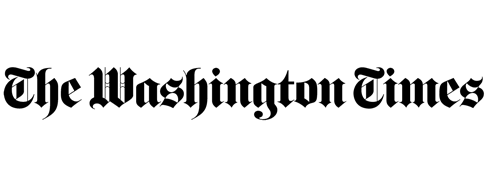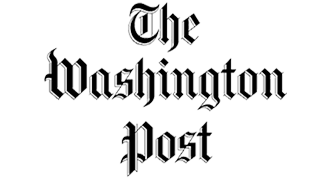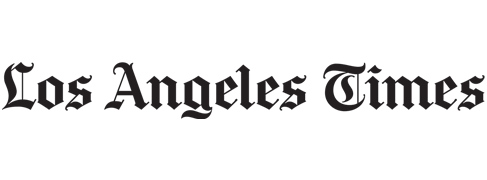Your Essential Rhinoplasty Recovery Guide
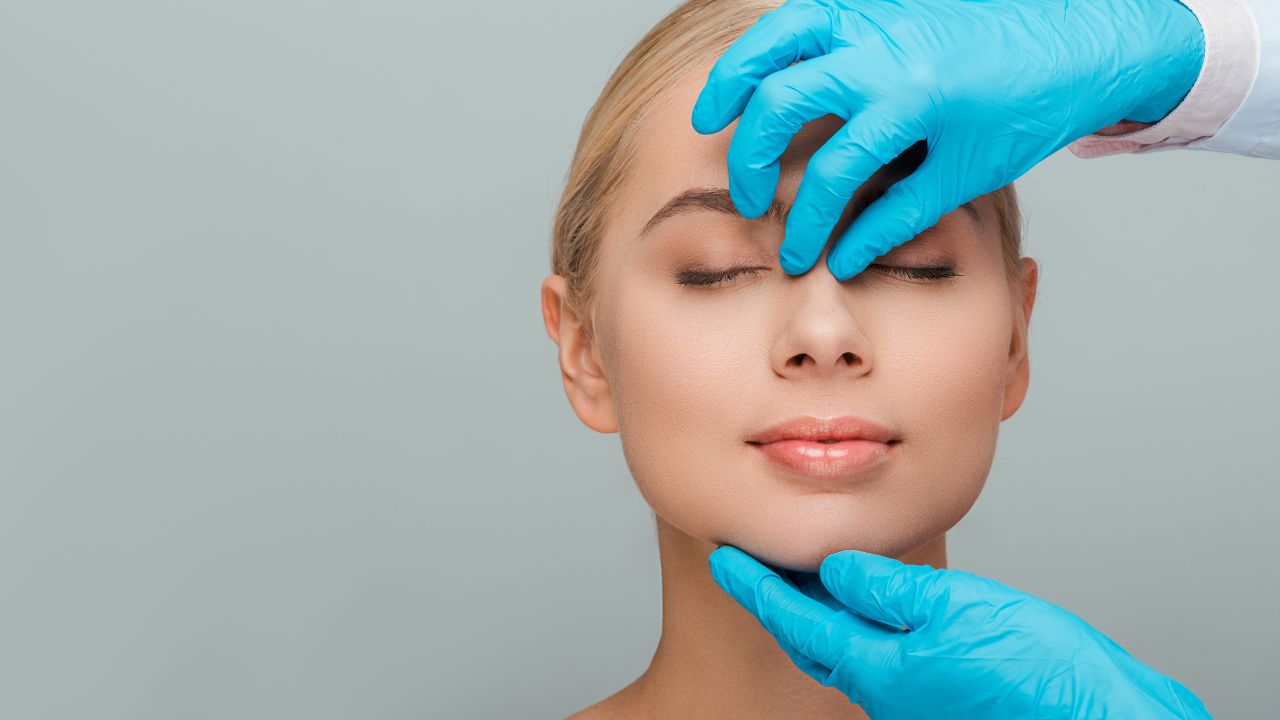
Rhinoplasty is a significant decision requiring careful post-operative care to achieve the best possible outcomes. Dr. Stephen Baker offers expert advice to guide you through the recovery process. This comprehensive guide provides practical tips to manage discomfort, minimize swelling, and navigate the recovery timeline effectively.
Understanding the Recovery Timeline
Recovery from rhinoplasty varies among patients but typically follows a predictable timeline:
- First 24-48 Hours: Immediately after surgery, expect swelling and bruising around the eyes and nose. It’s crucial to rest with your head elevated to reduce swelling.
- First Week: You will wear a nasal splint and may experience peak swelling and bruising during this period. Congestion is common, due to internal splints or swelling.
- Second Week: This week marks a significant improvement. Most patients are ready to return to work and social activities, though some signs of surgery may still be visible.
- One Month: Major swelling subsides, revealing the new shape of your nose, although minor swelling, especially at the tip, may last longer.
- Six Months to One Year: Final results become apparent as all swelling resolves and the tissues fully settle into their new structure.
Proper Wound Care
Dr. Baker emphasizes the importance of appropriate wound care for a complication-free recovery:
- Keep the nose clean: Regularly clean your nostrils with saline solutions and apply any ointments as directed by Dr. Baker.
- Avoid blowing your nose: To avoid disrupting healing tissues, do not blow your nose. If sneezing is unavoidable, try to sneeze through your mouth.
- Protect your nose: Avoid resting glasses on your nose for the first four weeks to prevent pressure on the healing nasal bones.
Pain Management
Two main pain management approaches are efficient for a comfortable recovery: Medication and cold compresses. We highly encourage patients to follow Dr. Baker’s instructions regarding any prescribed pain medications, and when at home, use cold compresses to reduce swelling around the surgical area, but avoid direct contact with the nose.
Follow-Up Appointments
Attending follow-up appointments with Dr. Baker is important for assessing your recovery and making necessary adjustments. The first post-surgery visit typically involves the removal of the nasal splint and an initial assessment of your recovery. Afterward, your regular check-ups, scheduled throughout the first year, are to monitor the progress and ensure the desired aesthetic results are achieved.
Conclusion
Recovery from rhinoplasty is a comprehensive process that demands diligent care and attention. Following these guidelines and maintaining close communication with Dr. Stephen Baker can enhance your recovery experience and enjoy a successful outcome. Each stage of recovery brings you closer to realizing the full benefits of your procedure.
For more information on rhinoplasty recovery or to schedule a consultation with Dr. Stephen Baker, please visit our website or contact our offices in Washington DC, McLean, VA, or Falls Church, VA. We are dedicated to supporting you throughout your recovery.

